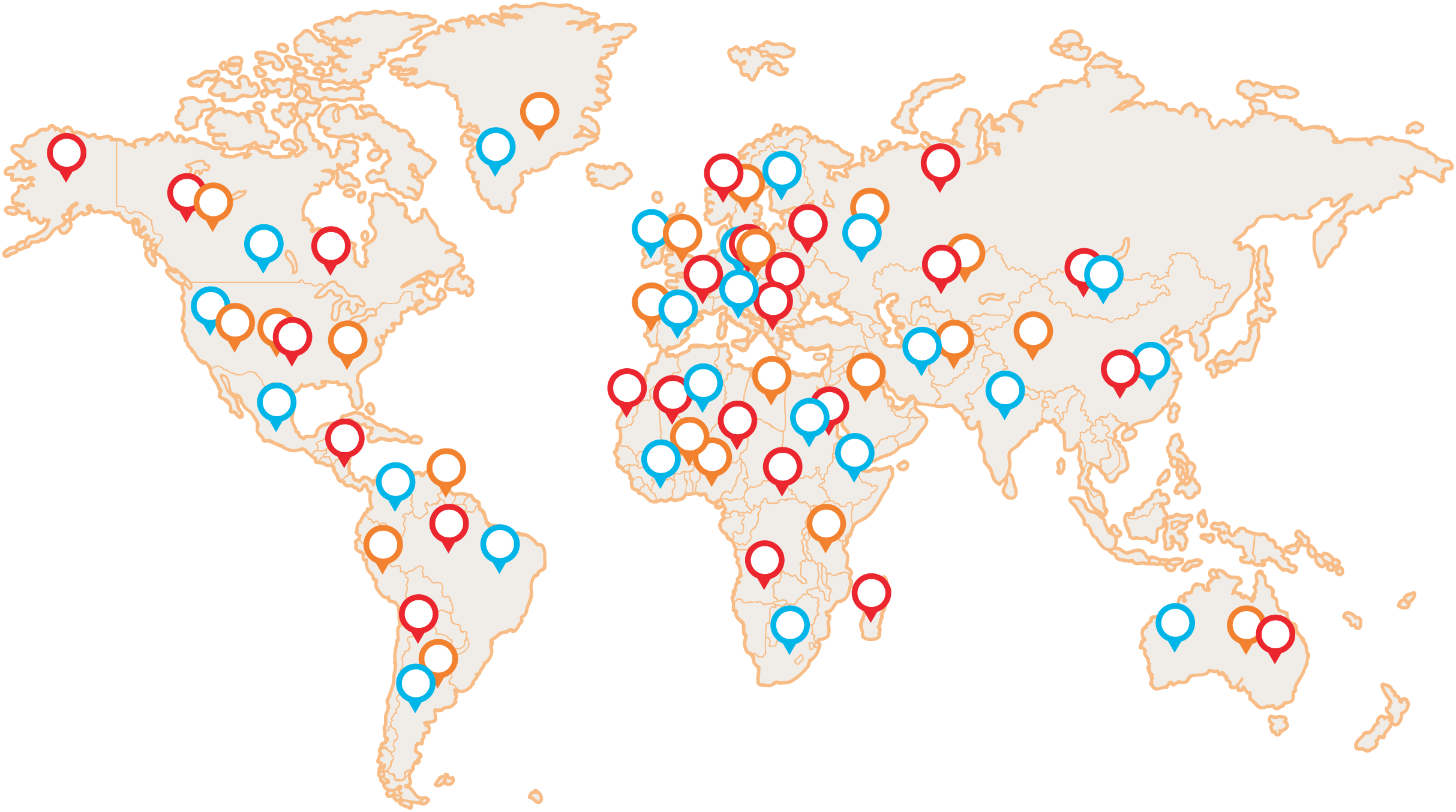Latin: Lentinula edodes
Czech: Lentinula edible
Chinese: Xiang Gu 故乡
Japanese: Shiitake
Thevital Shiitake mushroom is one of the most popular delicatessen mushrooms in Japan. It has been cultivated there for more than 2,000 years. It is called "fragrant mushroom" in China and "oak mushroom" in Japan. This "queen among mushrooms" is great in both cuisine and medicine.
It is native to the subtropical regions of East and Southeast Asia. It is a chorizoid, woody fungus, using the wood it grows on as a source of nutrients for its growth. It is found on wounded trees, trunks, stumps, fallen branches of mostly deciduous trees. It is also possible to grow the fungus on logs. The scaly fungus produces fruiting bodies 5-10 cm in diameter. The cap is light to dark brown with a slight reddish-brown tinge. The centre is dark with scales. It has firm flesh and a strong and distinctive flavour and aroma.
In Japan, there are writings dating back to 199 AD describing the use of Shiitake to treat illnesses. The Kyusua tribe brought it as a gift to the Japanese emperor. In Chinese herbaria, Shiitake is referred to as the elixir of life. Many texts on the use of Shiitake date from the Sung Dynasty (960-1127 AD). It was at this time that Shiitake began to be cultivated in China.
It was unknown to the scientific world for a long time. It was first described and included in the plant system in 1877 by M. J. Berkeley. He named it Agaricus edodes. It was not until 1976 that D. Pegler renamed it and reclassified it into the genus Lentinula.
Characteristics according to traditional Chinese medicine
Nature: neutral
Taste: sweet
Tropism: Stomach, Spleen, Lung
Main effects according to Traditional Chinese Medicine:
- Strengthens the Spleen and Stomach
- Enhances Qi and Blood
- Transforms mucus
- Moisturizes dryness
When do we use the vital Shiitake mushroom to maintain or improve health?
1) Strengthens the Spleen and Center
- Of all mushrooms, Shiitake strengthens the center most - the Spleen and Stomach, responsible for digestion and the production of Qi and Blood
- Used for: fatigue, lack of appetite, diarrhea from weakened Spleen, shortness of breath, addresses general weakness, various digestive disorders, etc.
- This is why it isuseful for anaemias (anaemia)
- alleviates easy bruising - a problem of the Spleen, which is supposed to keep blood in the blood vessels
- in these cases it is often combined with Bu Zhong Yi Qi Tang recipe
Remark:
Spleen is responsible for keeping the blood in the blood vessels. This is done through the tiny muscles along the blood vessels. The Spleen controls the muscles and when its Qi is strong, the blood flows in the blood vessels and does not spill out.
2) Promotes peristalsis
- promotes peristalsis - cleanses the intestines
- Strengthens Qi and moistens dryness - helps with problems of stool expulsion and dryness
3) Metabolic syndrome
- helps to reduce high blood pressure
- regulates blood sugar levels
- helps with overweight
- lowers cholesterol
Notes:
Overweight/obesity, high blood pressure, elevated blood glucose, and elevated blood lipids (cholesterol or triglycerides) are collectively called metabolic syndrome. Metabolic syndrome is a widespread problem associated with modern civilization, living in excess.
4) Lowers homocysteine levels
- Homocysteine is an amino acid that is produced in the body during normal metabolism
- its higher levels are associated with reduced intake of B vitamins
Notes:
Elevated levels of homocysteine in the blood are thought to be an indicator of increased risk of cardiac ischemia, myocardial infarction, atherosclerosis, elevated blood pressure or even cancer. It is also found in neurological disorders (dementia).
5) Cardiovascular problems
- Promotes blood circulation - strengthens Spleen Qi and expands Spleen and Lung Qi
- Helps alleviate cardiovascular problems - especially related to Metabolic Syndrome
6) Immune system regulation
- Strengthens innate and acquired immunity - enhances the function of macrophages, cytotoxic lymphocytes, NK cells, dendritic cells, etc.
- Shiitake has significant antiviral and antibacterial effects
- common use - infectious diseases (herpes, viral and bacterial infections)
- increases the amount of interferon in cells - protects them from infection
- reduces the production of IgE - an antibody associated with allergies and autoimmune diseases
Notes:
Due to its tropism, Shiitake can be used to strengthen the immune system overall, especially in people who are prone to respiratory infections and frequent colds.
If the immune system is significantly weakened, administer with Agaric. If immunity is weakened since childhood, combine with Cordyceps.
6) Support for cancer treatment
- used with other mushrooms for cancer
- the polysaccharide lentinan in particular has significant anti-cancer effects
- used for: sarcomas of the lymphatic system and bone marrow, tumours of the throat, stomach, colon and rectum
7) Cough and asthma
- converts mucus - used in congestion or cough with mucus
- can also be used for asthma and various breathlessness problems
- usually combined with Reishi mushroom
8) Skin problems
- used forskin problems: atopic eczema, acne (with Polypore)
- beautifies the face - promoting blood nutrition
9) Rheumatoid diseases
- used for rheumatoid diseases - often together with Reishi, Coriol and Curcumin
10) Osteoarthritis
- used to relieve arthritic pain - in combination with Hawthorn
11) Osteoporosis
- strengthens bones - used for osteoporosis
- in osteoporosis, it is often combined with Cordyceps and Shiitake
12) Protects the liver
- has hepatoprotective effects - protects and regenerates liver cells
13) Reduces dental plaque
- reduces excessive plaque formation
- kills bacteria that multiply in dental plaque - e.g. Streptococcus mutans
Less common use of Shiitake in clinical practice:
- promotes libido
- Candidiasis
- enhances the production of intestinal microflora
- support for allergies and HIV
- reduces the development of thrombosis
What to remember:
Shiitake most strengthens the center and expands Qi and blood. It helps with congestion and shortness of breath.
 Vital mushrooms PRO (17)
Vital mushrooms PRO (17) MyTao Edition (14)
MyTao Edition (14) Vital Mushroom Extracts (25)
Vital Mushroom Extracts (25) Combination of mushrooms and herbs (18)
Combination of mushrooms and herbs (18) Traditional recipes (5)
Traditional recipes (5) BIO vital mushrooms powder (9)
BIO vital mushrooms powder (9) Syrups (12)
Syrups (12) Dried vital mushrooms (6)
Dried vital mushrooms (6) Honey products (5)
Honey products (5) Vitamins (4)
Vitamins (4) BIO green food (2)
BIO green food (2) Other (3)
Other (3)

